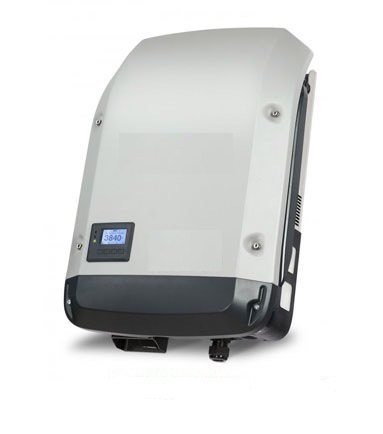The growing adoption of renewable energy sources in tandem with regulatory measures by governments to minimize harmful emissions has led to a paradigm shift in the incorporation of effective energy conservation methods in residential spaces.
Energy products have undergone a spate of developments including flexibility, optimized product operations, efficiency, and cost-competitiveness. With increasing investments in the renewable energy sector and an upsurge in the deployment of solar inverters against conventional microinverters, the residential solar PV inverter market forecast is expected to remain strong in the years to come.
The onset of COVID-19 pandemic slowed down many businesses and industries globally. However, the pandemic did not severely affect the solar deployment in 2020. As per National Renewable Energy Laboratory, the countries were adapting more solar PVs in the second half of 2020. Asian countries like India and China were termed to be the largest contributors to the growing market demand owing to advantages like lower costs, easy installation and reliability as compared to the other systems.
Given below are the three prominent trends which are anticipated to drive the market growth through 2028:
Positive outlook towards clean energy
Increasing concerns regarding the rising global warming coupled with less reliance on fossil-fuel-based power generation will augment the adoption of solar energy sources. Pilot projects and private investments combined with federal research could support development of emerging technologies like advanced batteries, green hydrogen which can provide zero-carbon electricity and cater to the issues of long-term electricity shortages.
Large-scale renewable integration
Solar-grid integration is a network that allows substantial penetration of photovoltaic power into the national utility grid. The integration of standardized PV systems into grids optimizes building energy balances, reduces operational costs, improves the economies of PV systems and provides added value to the customer and utility. With rapid adoption of green energy, solar-grid integration is now a common practice worldwide.
Growing demand for distributed energy
Distributed energy generation is the process in which numerous technologies produce electricity like solar panels and combined heat and power. The process serves a single structure like the residential sector, in which common distribution systems include solar photovoltaic panels.
The use of distributed generation has increased particularly in the United States due to the widespread use of renewable technologies like solar panels. Multiple governments are advancing policies to propel the deployment of renewable technologies because of their benefits like resiliency, energy and emission control.
